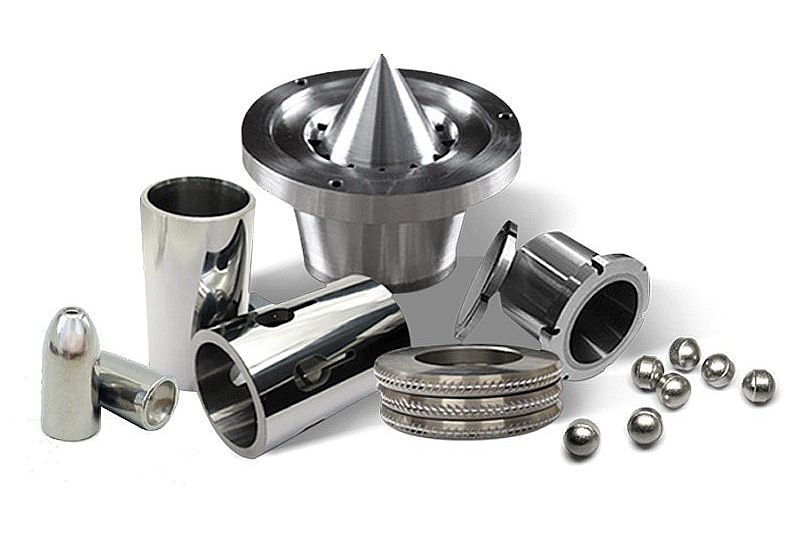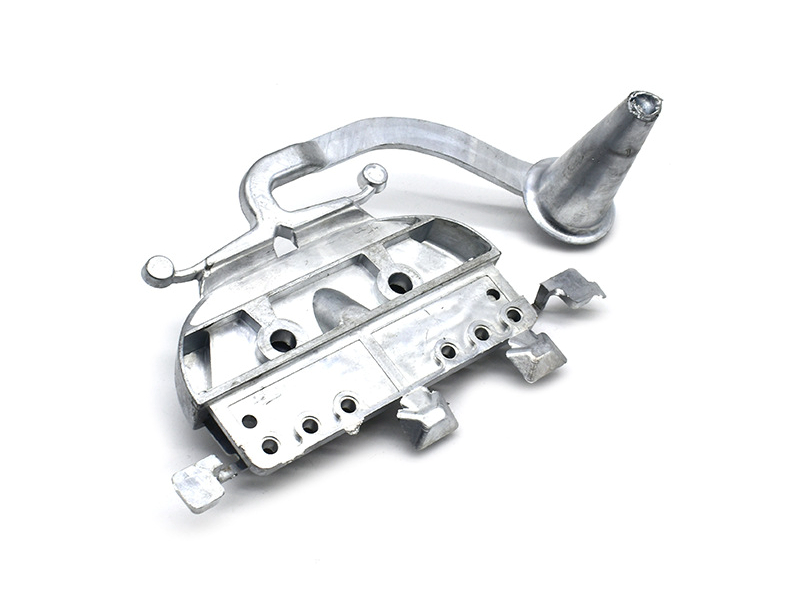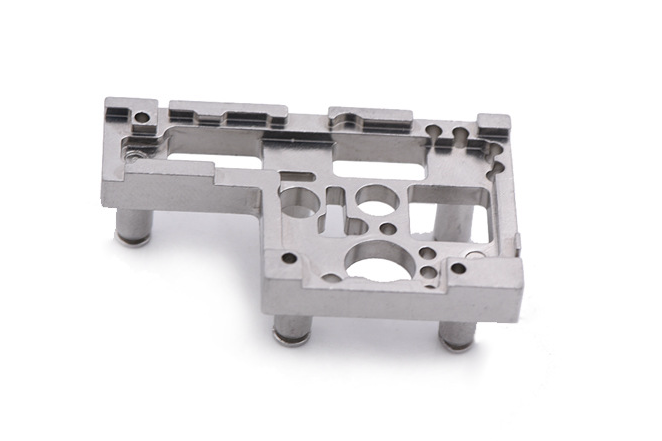How to ensure micro-machined surgical blades achieve sharpness and consistency?
From an engineering standpoint, achieving razor-sharp and repeatable edges on micro-machined surgical blades depends on a tightly controlled process chain—from material selection and heat treatment through precision machining, surface finishing, and metrology. Each step must be optimized not only for cutting performance but also for sterilization stability and biocompatibility in demanding medical device environments.
Selecting Materials and Preconditioning for Edge Stability
Blade sharpness starts with the right alloy and microstructure. Hardenable stainless steels and martensitic grades produced via metal injection molding using alloys such as MIM-440C or corrosion-resistant MIM 17-4 PH can deliver high hardness and wear resistance with near-net-shape edge geometry. For purely machined blades, wrought stainless steels or specialty alloys with fine carbide distribution are preferred, followed by controlled heat treatment to reach a stable combination of hardness and toughness. This preconditioning prevents chipping or micro-fracture of the cutting edge during machining and service.
Micro-Machining Strategy for Consistent Edge Geometry
To achieve sub-10 µm edge radii and consistent rake angles, the machining strategy must be carefully staged. Primary geometry is typically formed via high-precision grinding or micro-milling, using dedicated fixtures developed through CNC machining prototyping. For highly complex or miniaturized instruments, support fixtures and experimental blade designs can be validated with 3D printing prototyping before committing to production tooling. Toolpath planning must minimize cutting forces and heat input at the edge, while closely monitoring tool wear to prevent rounding or burr formation across a production batch.
Surface Finishing and Edge Honing
After micro-machining, finishing operations refine the cutting edge and surface. Fine grinding followed by controlled polishing reduces micro-serrations and improves chip flow. For surgical blades that require low friction and minimal tissue trauma, electropolishing can remove micro-burrs and peaks at the edge, resulting in smoother cutting and a lower insertion force. Where edge retention must be maximized, thin, hard coatings applied by PVD can increase surface hardness and reduce wear, provided the coating is uniform and does not excessively blunt the edge.
To further stabilize corrosion performance after multiple sterilization cycles, stainless blades typically undergo passivation to enhance the protective oxide layer without affecting edge geometry. For bulk finishing of handles or non-critical edges, controlled media processes such as tumbling can be used, while keeping the primary cutting edge protected.
Process Control and Metrology for Repeatability
Sharpness and consistency are ultimately verified by metrology and statistical process control. Edge radius, bevel angle, surface roughness, and run-out should be measured using optical or contact profilometry on representative samples from each batch. Critical dimensions and tolerances are established during the development phase through prototyping runs, and then transferred into serial production with robust control plans that define tool life, coolant conditions, and in-process inspection frequencies. For blades produced via injection molding of inserts combined with metal blades, mold wear and shrinkage behavior are also monitored to maintain consistent seating of the blade in its holder.
Functional tests—such as standardized cutting force measurements, repeated cut testing, and simulated sterilization cycles—provide feedback to fine-tune heat treatment, finishing, and coating parameters. By closing the loop between design, manufacturing, and test data, micro-machined surgical blades can reliably meet demanding sharpness targets and maintain performance throughout their service life.



